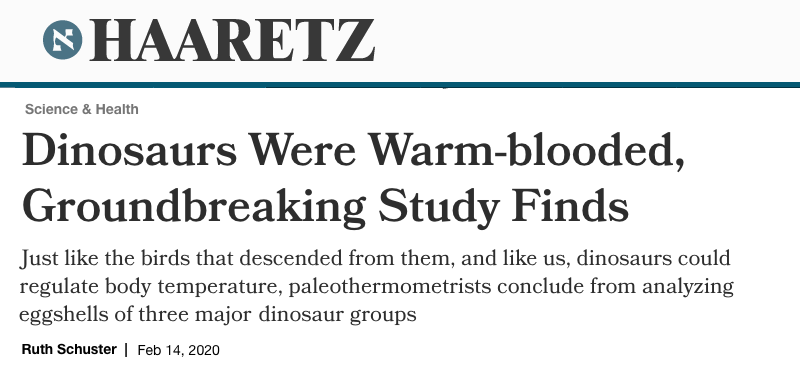
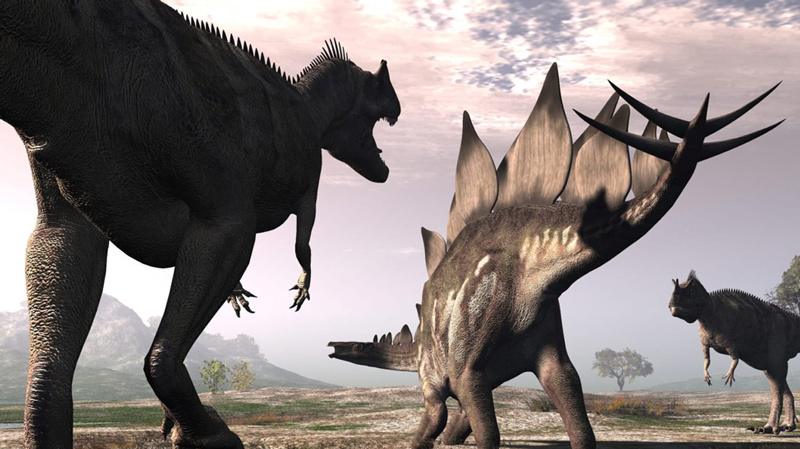
Dinosaurs were warm-blooded, a groundbreaking study based on analysis of eggs laid in a chilly climate has ruled once and for all.
It had been theorized that dinosaurs could regulate their body temperature above that of the ambient environment, like birds and mammals do. Now, using a “clumped isotope” technique to deduce the internal body temperature of mother dinosaurs in three distinct dinosaur groups, the team has shown that they really were warm-blooded, with internal temperatures similar to birds: between 35 to 40 degrees Celsius.
Evidently warm-bloodedness was the ancestral condition for Dinosauria, concludes the team headed by Prof. Hagit Affek at Hebrew University’s Institute of Earth Sciences in new research published in Science Advances on Friday. (Robin Dawson, Daniel Field, Pincelli Hull, Darla Zelenitsky and François Therrien comprised Affek’s team.)
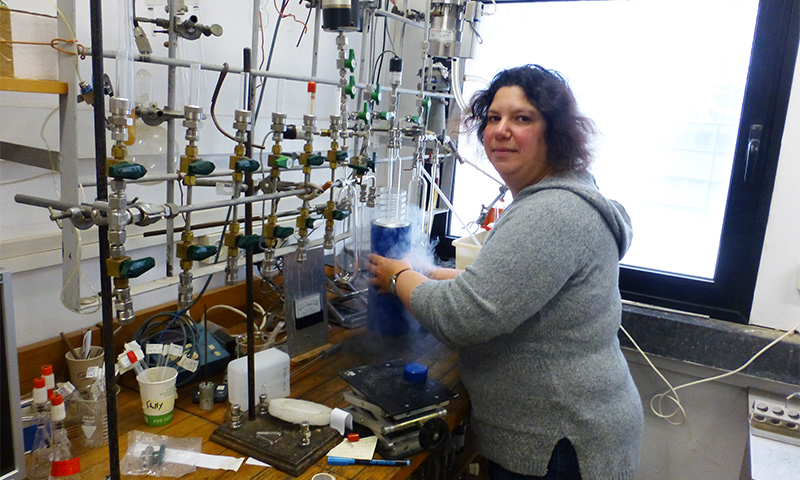
The existence of thermoregulation in sauropods (like the Brontosaurus), three-toed theropods (like the T-Rex) and ornithischians (like the Stegosaurus) was nailed down by clumped isotope geochemistry. This method analyzes chemical bonds between heavy isotopes in calcium carbonate minerals—the main ingredient in egg shells, Hebrew University explains. This enables scientists to deduce the temperature at which the minerals formed inside the mother’s body.
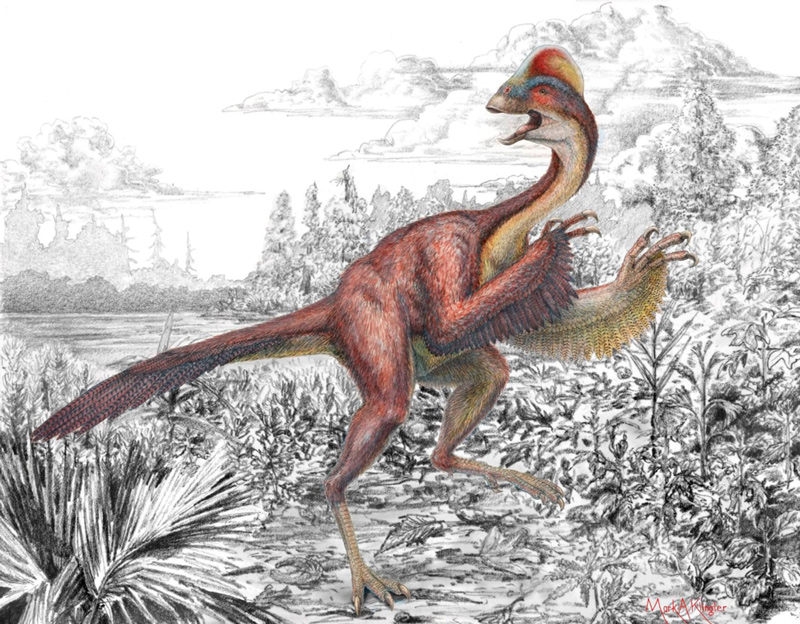
Clumped isotope is more reliable than previous methods that generated indeterminate results, leading to “tons of assumptions,” as Affek puts it, about body size, growth rates and internal temperature. This time, the team researched dinosaur eggs that were laid in a relatively cold place: Alberta, Canada, in addition to one dinosaur egg from Romania. If they’d taken eggs from hot climes, it would have proved nothing: the mother’s body temperature could have been a cold-blooded response to the hot environment, Affek explains.
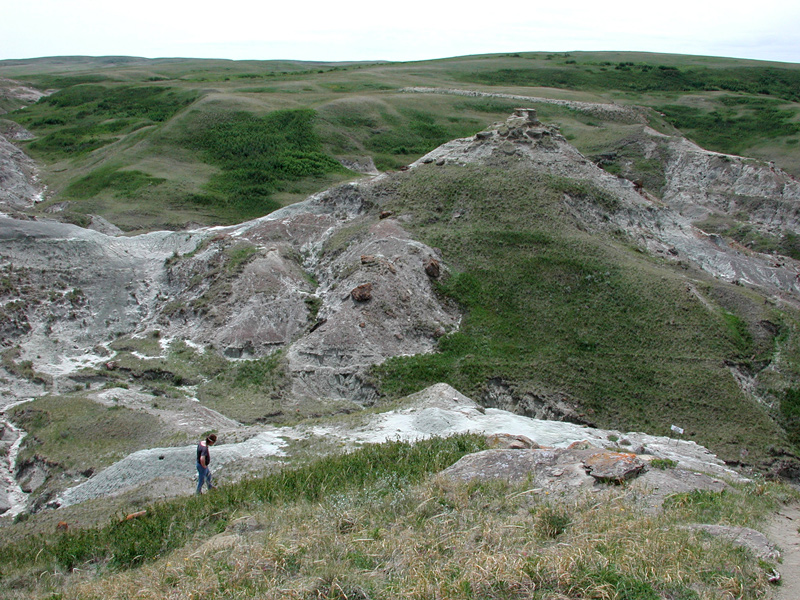
It is true that when these dinosaurs were alive, Alberta was subtropical. But analysis to estimate environmental temperature of shells from mollusks and snails that coexisted alongside dinosaurs shows that temperatures were around 25 to 28 degrees Celsius.
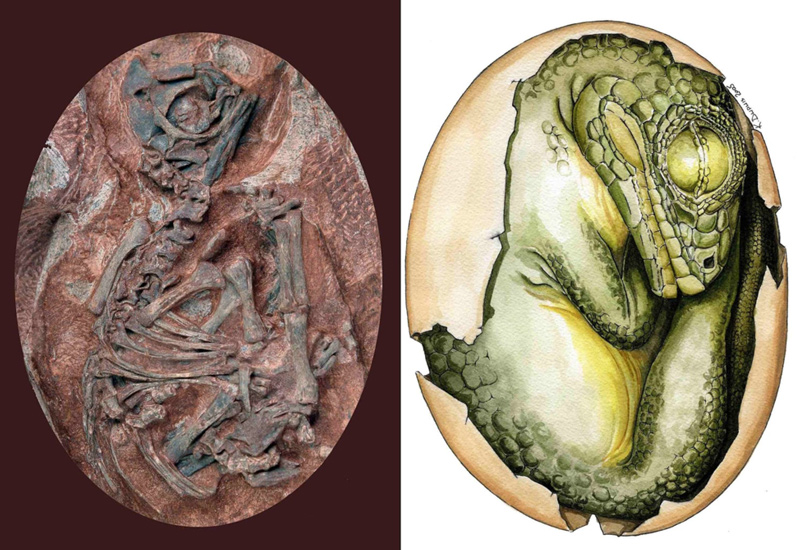
Romania was also subtropical at the time, but the existing climate models and temperature proxy data suggest that the body temperature of the mother dinosaur in Romania was warmer than its environment, Affek says.
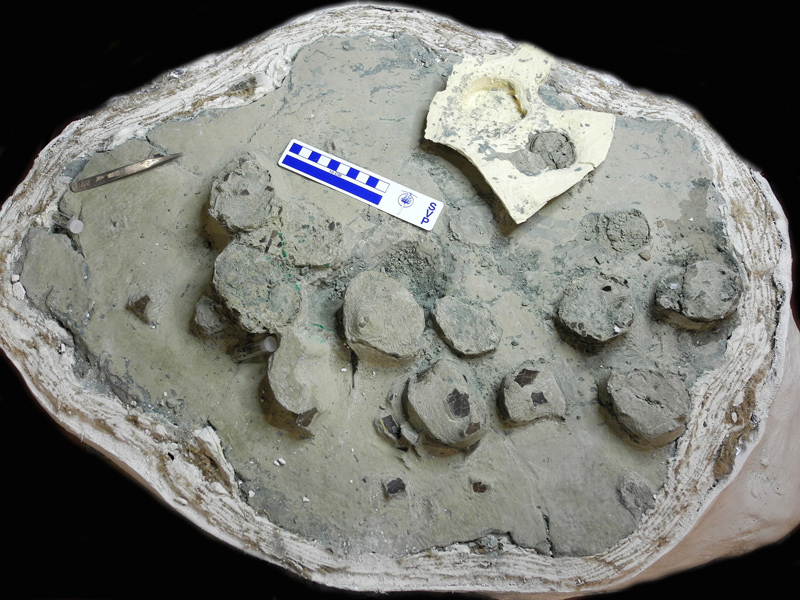
Three of the studied eggs that had been laid in Alberta by Troodon formosus, somewhat bird-like dinosaurs that artists imagine looked like a muscular turkey with roid rage. One was from Maiasaurus peeblesorum, which looks rather bovine and lived some 75 million years ago. The third dinosaur group was represented by an egg believed to be of a dwarf Titanosaur found in Romania. Why? Because there are no abundant Sauropod eggshell remains in Alberta, Dawson explains.
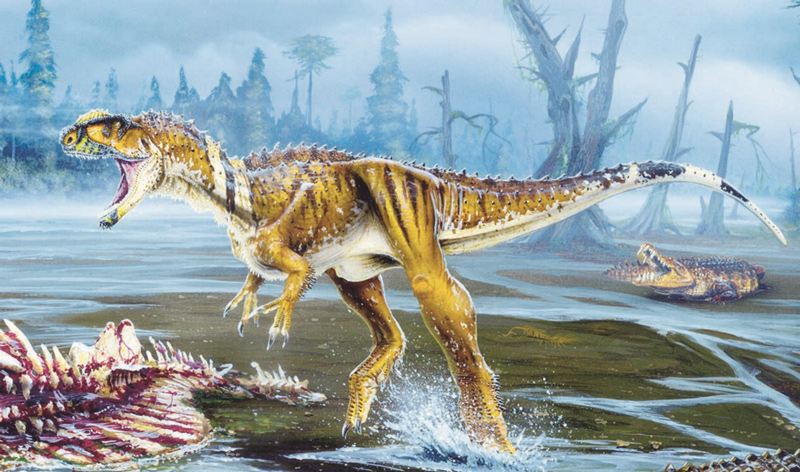
The fact that the representatives of three major groups were demonstrated to be warm-blooded suggests that all dinosaurs were, as a basal condition. It may be inferred that the ancestral creature to dinosaurs, whatever it was, was likely warm-blooded.
Dawson requests to clarify that “warm-blooded” is an outdated term for “had metabolic control of their body temperatures.”
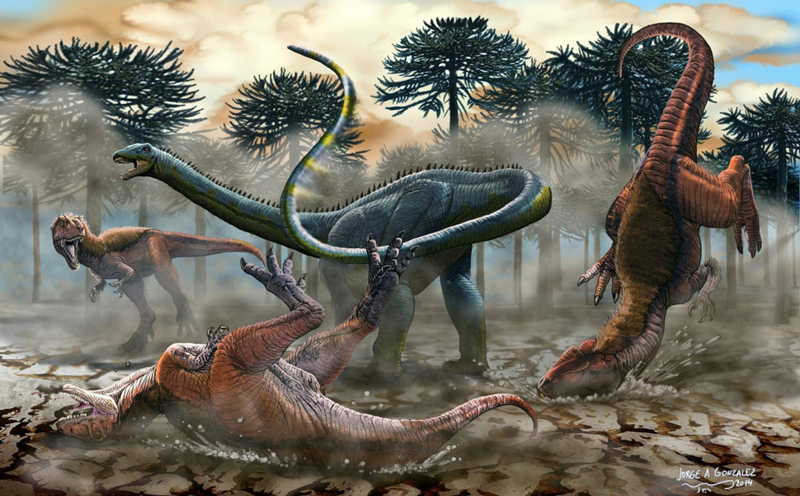
“Birds today can go into torpor and lower their body temperature to conserve energy during winter or breeding, and some egg-laying mammals can also lower their body temperature. These strategies are sometimes termed heterothermic. This means the animal behaves somewhere between homeothermic (constant internal body temp, or sometimes called endothermic) and poikilothermic (variable internal body temp, or sometimes called ectothermic),” she explains to Haaretz.
There is yet another intermediate strategy, called mesothermic, employed by leather-back sea-turtles, Mako sharks and others who can raise their temperature above ambient, but don’t have a set-point at which they keep that temperature, she says.
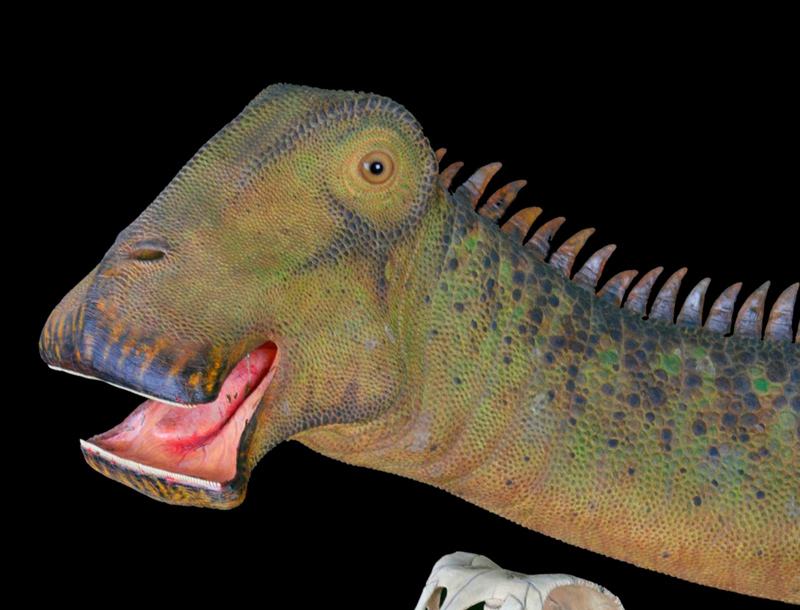
“Even if there is some variability in body temperature, being clearly warmer than the environment suggests that had metabolic control of their body temperature and they were not simply fluctuating along with their environment.”
Asked why eggs laid in a subtropical environment rather than a colder one were chosen for the study, Dawson explains that it’s hard to find any: In the Cretaceous (145 to 64 million years ago), greenhouse gases were anywhere from two to six times pre-industrial levels and the planet was hotter than today. But that is a direction for future research is to find dino eggs in colder places and analyze them.
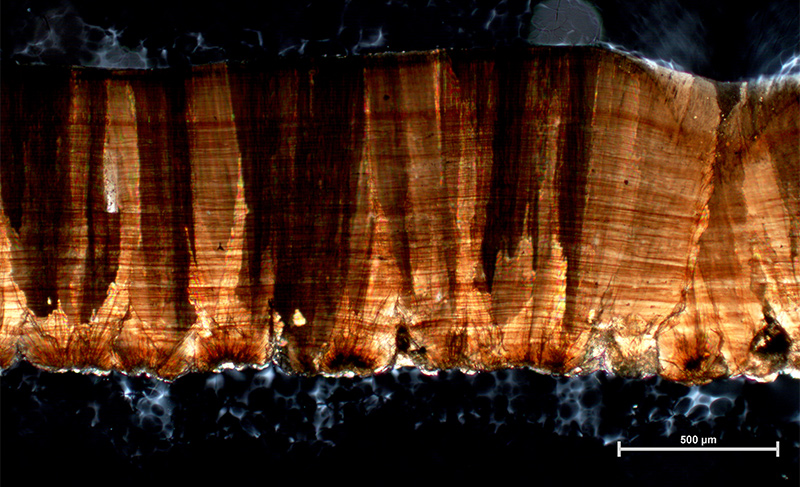
Separate unrelated studies reached similar conclusions about feathering: it was the basal dinosaurian condition to be feathered. Loss of feather coating would, by that theory, have been secondary, for instance in the case of the giant dinosaurs that could have become overheated.
So from being sluggish “terrible lizards” with scales, cold blood and pea-brains that went extinct, dinosaurs are now understood to have been, by and large, a frisky warm-blooded bunch that had some feathers, some scales and pea-brains that did not all go extinct. Most dinosaurs, including all the big ones, did die out after the famed meteor strike, but today’s birds arose from one group of therapods that survived. And now we know that they inherited not only their feathery coats but thermal regulation from their long-gone ancestors.